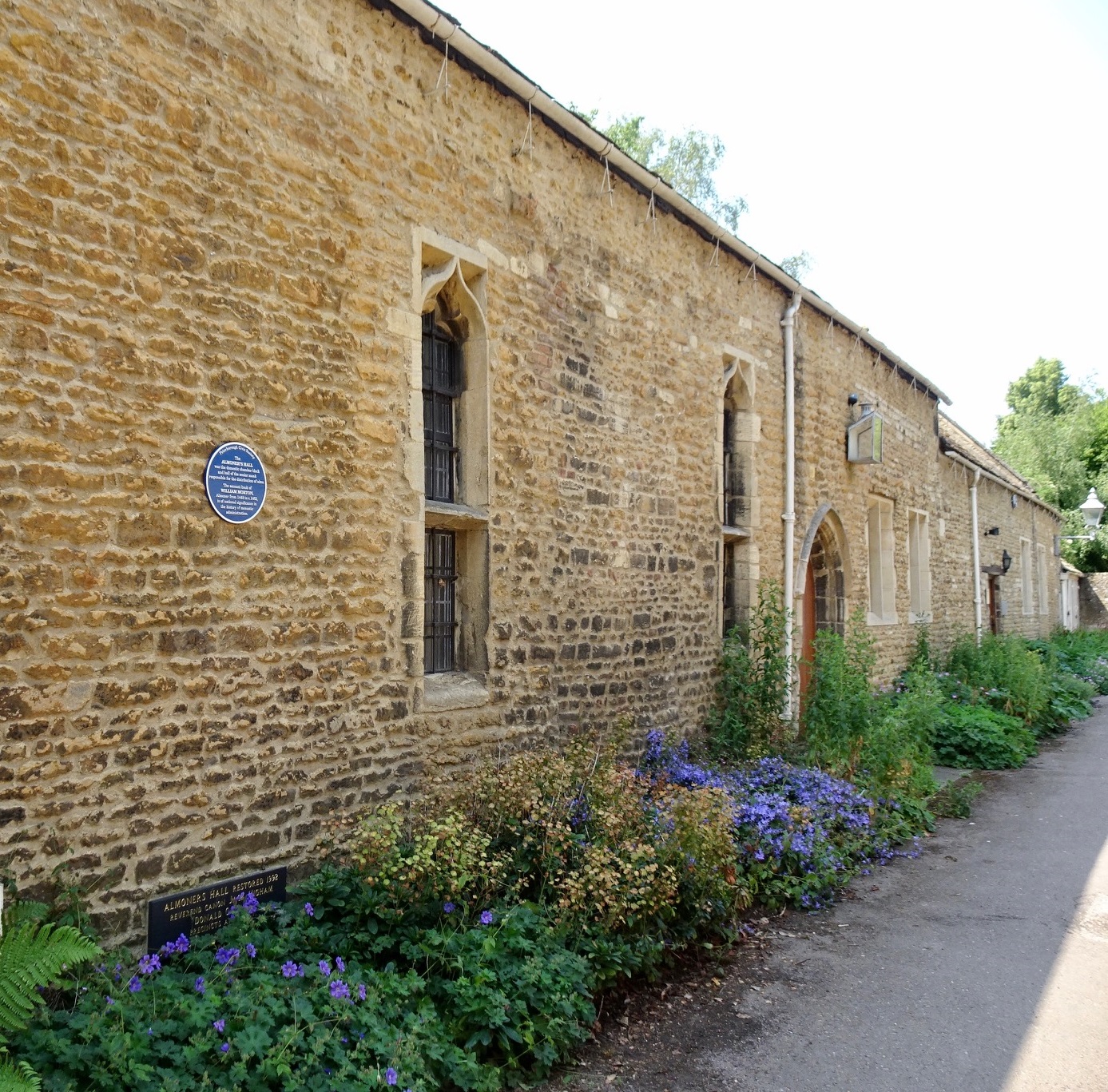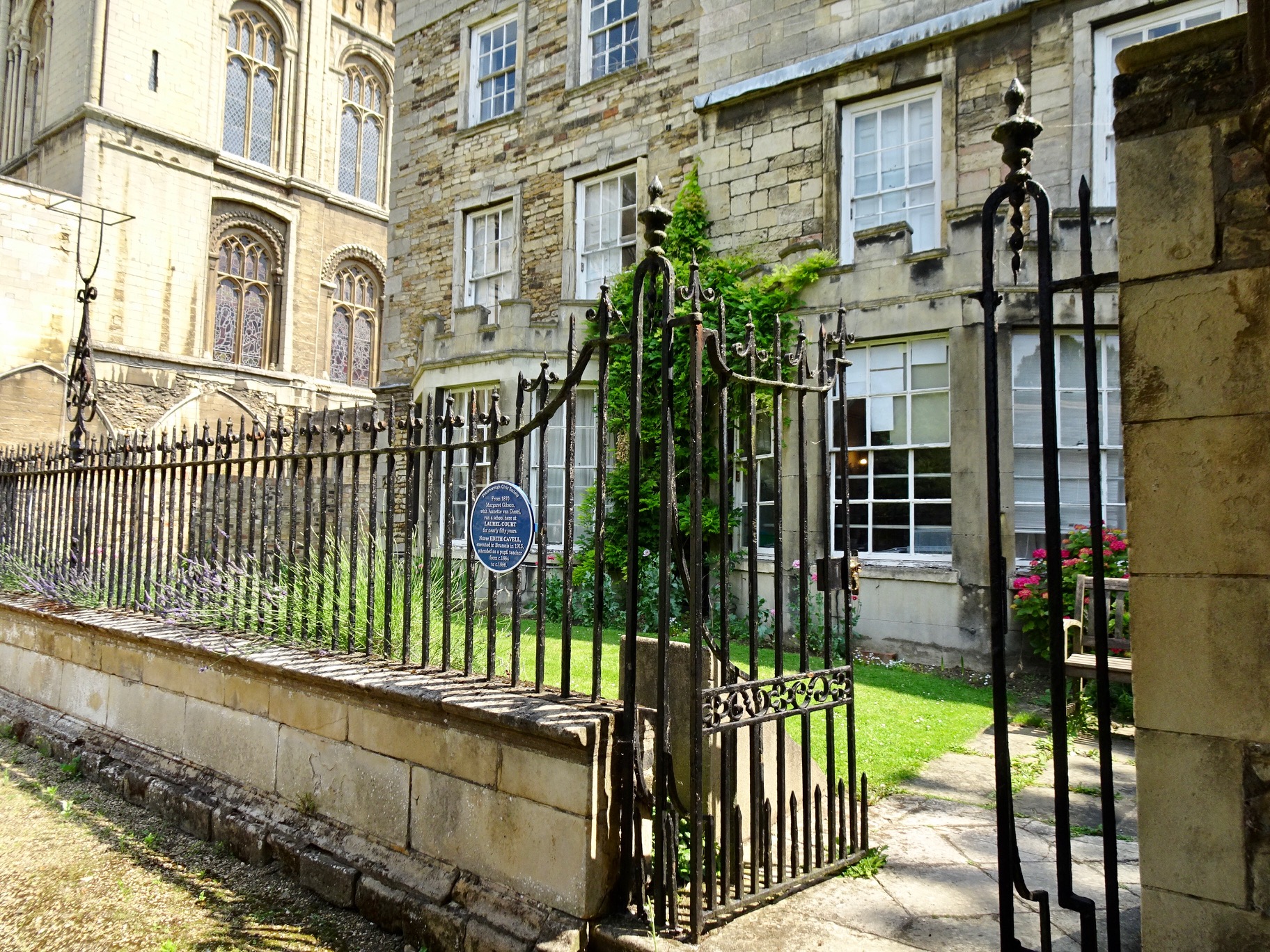This month, Peterborough Civic Society has installed four blue plaques in the Cathedral Precincts to highlight some important historical connections.
The plaques are part of a set of fifteen new plaques in and around the city centre, placed to alert residents and visitors alike to the achievements of people from Peterborough.
These extracts from the Civic Society's booklet about the plaques provide an introduction to those who are commemorated:
Simon Gunton, at 27 Minster Precincts
Simon Gunton was born in Peterborough in 1609, was ordained priest in 1637 and appointed a Minor Canon at the Cathedral in 1643. He became Vicar of Peterborough in 1660 and during the plague between 1665 and 1667 he stayed in o�ice when others left, burying 462 people, nearly a quarter of the town.
Gunton was the first to write a history in English of the Abbey Church and Cathedral. He died in 1676 with his History unpublished. Ten years later Dean Simon Patrick generously published it, together with a supplement of his own.
William Morton, at Almoner's Hall
 William Morton was Almoner from 1448 to about 1462. His private book of accounts and memoranda, “The Book of William Morton”, preserved in the British Library, is a rare survival in the history of monastic administration.
William Morton was Almoner from 1448 to about 1462. His private book of accounts and memoranda, “The Book of William Morton”, preserved in the British Library, is a rare survival in the history of monastic administration.
Almoner’s Hall, though heavily restored, is a late-thirteenth/early-fourteenth century structure with the Almoner’s two-storey chamber block at its eastern end.
John Fletcher, on the north side of the Precincts
John Fletcher was a son of Richard Fletcher who became Dean of Peterborough in 1583. It was Dean Fletcher who would disturb the last moments of Mary Stuart, Queen of Scots, at her execution at Fotheringhay in 1587 with the cry, “So perish all the Queen’s [Elizabeth’s] enemies!” From about 1606 John collaborated with Francis Beaumont in the production of at least �ifteen plays as well as penning a similar number alone. Later, Beaumont and Fletcher were part of the circle which included Shakespeare, Jonson, and Donne, meeting regularly at the Mermaid Tavern near Shakespeare’s house in Blackfriars.
Fletcher is thought to have contributed to some of Shakespeare’s later plays.In the 1580s John Fletcher would have met ‘Old Scarlett’, the Peterborough sexton who buried both Katharine of Aragon and Mary, Queen of Scots, hence the local tradition that Fletcher may have seeded in Shakespeare’s mind the graveyard scene in Hamlet.
Margaret Gibson, Annette van Dissel and Edith Cavell, at Laurel Court
Margaret Toye Gibson was born in West Mallow, Co Cork, Ireland, in 1837. It is not known where she trained as a teacher, but c1870 she, together with her business partner Annette van Dissel, set up a school in Fletton. The following year they became co-proprietors of Laurel Court School in the Cathedral Precincts until Miss van Dissel’s death in 1914. Miss Gibson was then in sole charge until her own death in 1928. Edith Cavell (executed in the 1914�18 War) was a pupil teacher there
in the 1880s. Miss Gibson was made an Honorary Freeman of the City of Peterborough in 1926.

Extracts reproduced with kind permission from Peterborough Civic Society.
You can download the booklet, which has the location and information about all 21 blue plaques in the city, here: Peterborough Civic Society Blue Plaque Booklet